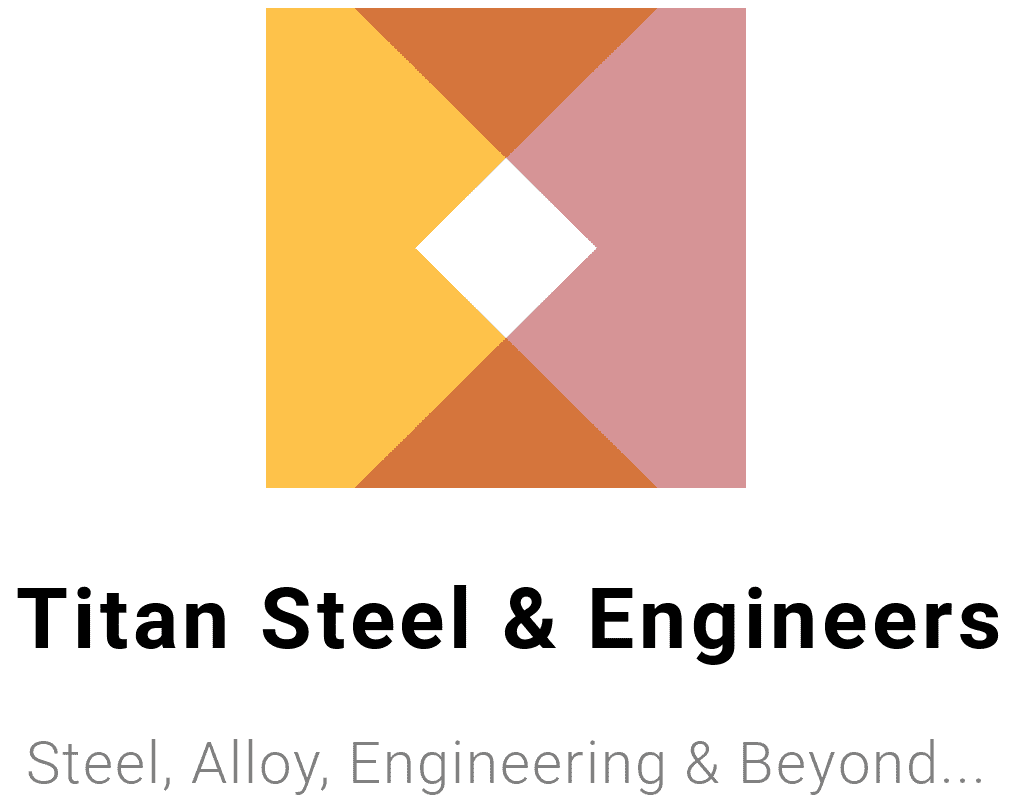Understanding Steel Alloy Composition and Its Crucial Role in Engineering
Steel has been a cornerstone of industrial progress for centuries. Its versatility, strength, and adaptability make it one of the most important materials in engineering and industrial applications. But what sets different types of steel apart? The answer lies in its alloy composition.
This blog will explore the fundamentals of steel alloys, including their key elements and how those elements impact steel’s strength, hardness, corrosion resistance, and ductility. We’ll also cover common alloy types, highlight their diverse applications across industries, and discuss recent innovations shaping the future of steel.
An Introduction to Steel Alloys
What Are Steel Alloys?
Steel alloys are created by combining iron, the base element, with one or more other elements to enhance specific properties. These additional elements, called alloying elements, are carefully selected to improve qualities like tensile strength, wear resistance, and corrosion resistance, making steel alloys highly versatile.
Why Are Steel Alloys Important?
From towering skyscrapers to the precision tools used in manufacturing, steel alloys underpin countless aspects of modern life and engineering. Their wide range of properties allows engineers to choose the right type of steel for applications requiring durability, strength, or resistance to extreme conditions. Steel alloys are at the core of industries like automotive, aerospace, construction, and energy.
Key Elements in Steel Alloys
Various elements are added to steel to achieve the desired balance of properties, depending on its intended use. Let’s examine the most common alloying elements and their contributions:
1. Carbon (C)
Carbon is the primary element in all steel. Its concentration dictates the hardness and strength of the steel.
- Low carbon content results in ductile and weldable steel.
- High carbon content increases hardness and strength but sacrifices ductility.
2. Chromium (Cr)
Chromium improves hardness and wear resistance. More importantly, it’s what gives stainless steel its corrosion-resistant properties by forming a protective chromium oxide layer on the surface.
3. Manganese (Mn)
Manganese enhances steel’s tensile strength and ductility. It also plays a crucial role in de-oxidizing steel during production, improving overall integrity.
4. Nickel (Ni)
Nickel increases toughness and resistance to temperature extremes, making nickel-alloyed steels ideal for cryogenic (low-temperature) applications and the aerospace industry.
5. Silicon (Si)
Silicon acts as a strengthening agent, improves magnetic properties, and enhances flexibility in electrical steels.
6. Molybdenum (Mo)
Molybdenum provides extra strength and helps materials maintain form and durability at high temperatures. It is often used in heat-resistant steels.
7. Vanadium (V)
Vanadium improves wear resistance and refines grain structure, increasing the material’s toughness. It is a common additive in tool steels.
8. Other Elements
Other elements like tungsten, cobalt, and boron may also be added for specific applications like cutting tools and high-performance alloys.
Effects of Alloying Elements
The specific combination of alloying elements defines the mechanical and chemical properties of the steel alloy. Here are some key effects that these elements bring about:
Enhancing Strength
Elements like carbon, nickel, and molybdenum increase tensile strength, allowing steel to endure higher stresses without fracturing.
Improving Hardness
Chromium and vanadium excel at improving hardness, making alloys suitable for tools and impact-resistant components.
Boosting Corrosion Resistance
Adding chromium and nickel helps create corrosion-resistant steels, ensuring longevity in harsh environments like marine or chemical industries.
Increasing Ductility and Toughness
Manganese and nickel are crucial for maintaining ductility, making the material workable without compromising its durability.
Common Types of Steel Alloys
Steel alloys are categorized based on their composition to suit specific applications:
1. Carbon Steels
- Composition: Iron, carbon (up to 2%), and trace amounts of other elements.
- Use Cases: Bridges, buildings, and general structural purposes.
2. Alloy Steels
- Composition: Iron, carbon, and one or more alloying elements like chromium, molybdenum, or nickel.
- Use Cases: Gears, shafts, and other mechanical components requiring high strength and hardness.
3. Stainless Steels
- Composition: Iron, chromium (at least 10.5%), nickel, and often molybdenum.
- Use Cases: Medical devices, kitchenware, and industrial equipment, particularly in corrosive environments.
4. Tool Steels
- Composition: Iron, carbon, tungsten, molybdenum, vanadium, etc.
- Use Cases: Cutting and forming tools that require high wear resistance and toughness.
Applications of Steel Alloys Across Industries
Steel alloys power innovation and functionality across multiple industries:
Automotive
Advanced high-strength steel (AHSS) is widely used in the automotive industry to create lightweight, durable frames that improve vehicle safety and fuel efficiency.
Aerospace
Nickel-based and stainless steel alloys are vital in aerospace components like turbines and landing gears, where strength and temperature resistance are critical.
Construction
Structural steel alloys support skyscrapers, bridges, and highways due to their unrivaled strength-to-weight ratios.
Manufacturing
Tool steels are vital for the production of machinery, tools, and molds used in manufacturing processes.
Innovations in Steel Alloy Development
High-Strength Steels
The development of AHSS and ultra-high-strength steels (UHSS) has revolutionized industries like automotive and construction. These materials are lighter and stronger, offering significant energy efficiency and safety benefits.
Advanced Stainless Steels
Recent advancements in stainless steel technology focus on enhancing corrosion resistance while reducing production costs through novel alloys and coating processes.
Sustainability in Steel Production
Efforts are underway to make steel production greener, with innovations like hydrogen-based direct reduced iron (DRI) and improved recycling methods.
The Future of Steel Alloys in Engineering
Steel alloys will continue to be the backbone of engineering innovation. From developing new high-performance alloys tailored to specific industries to creating sustainable production methods, the future of steel is more exciting than ever.
Engineers, metallurgists, and professionals in manufacturing have a unique opportunity to leverage these advancements to solve industrial challenges and achieve increasingly ambitious goals.
Are you curious about the potential of steel alloys for your next engineering project? Understanding their composition is the first step toward harnessing their immense possibilities. Start exploring new material options today and stay at the forefront of engineering innovation.


